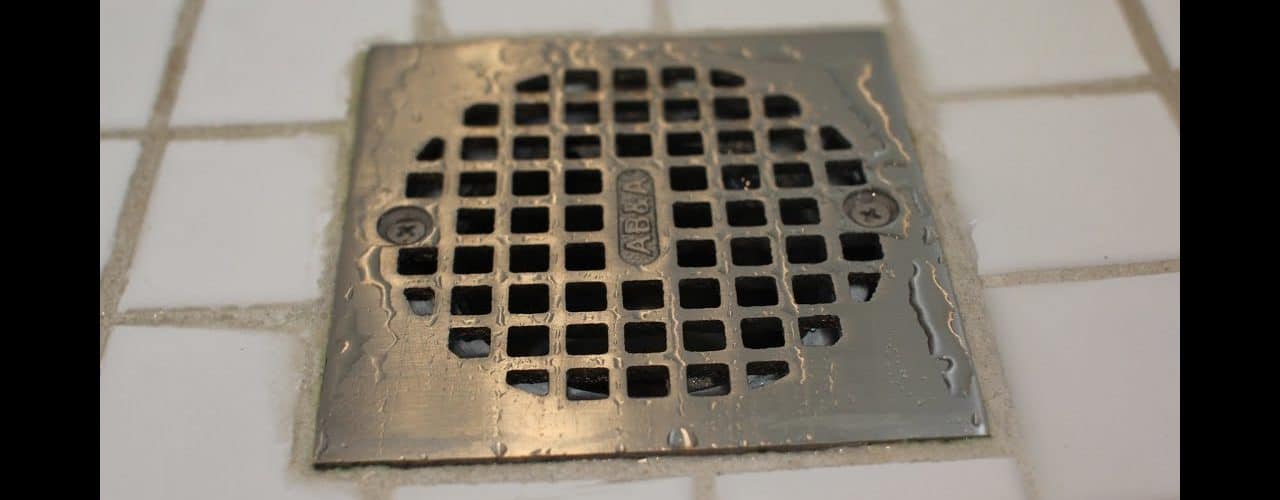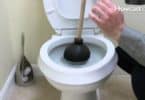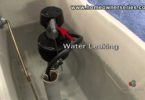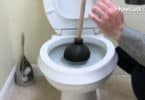Most of us will eventually end up with a slow draining bath or shower drain at some point in our life. But, let’s not panic. We certainly don’t want to spend what we could have saved if we don’t have to. Here are a couple of tips to help the ‘pesky drain problem’.
First try the least dramatic tactict, the plunger. The sole function of the plunger is not to help out when Uncle Stan comes to visit or when the kids investigate what would happen if they tried to flush their Hot Wheels. Get some use out of that ‘Honey, you do it’ tool!
Place the plunger over the drain making sure to create a seal between the floor of the bath or shower and the plunger. Next press firmly down on the plunger. This will push air down the drain as well as creating a suction, hopefully dislodging the clog. Repeat this several times until you are satisfied.
If the plunger does not do the trick, go for the chemical reaction, non-hazardous of course.
Using approximately one quarter cup of both baking soda and vinegar, pour the baking soda down the drain first. Follow with the vinegar and wait for the fizzing to stop. If necessary, follow with another splash of vinegar. Finally, follow up with a nice long rinse with hot water. If you are still not satisfied with the result you may try again.
There is an item that can be purchased in home improvement stores as well as discount stores that can also help with the slow drain dilema and should not cost as much as a plumber. It looks like a lint brush, the ones used for cleaning out dryer vents. The brush should be small enough to fit through the openings in your drain catch. Insert the brush into the drain. Twisting it allows the bristles to catch the hair and debris that may be causing the slow drain. Pull the brush back through the drain catch and get rid of that ‘yucky stuff’. Do not try and take off the drain catch if you are not sure how to re-attach it. Leave that to a professional.
If you don’t mind using a chemical drain opener such as Drain-O, they do work. Make sure to follow the manufacturers directions completely. If the chemical is left in the drain too long, it tends to be difficult to rinse out. Make sure to use hot water when rinsing, not cold or warm.
Catch that snake! Another useful tool is a pipe snake. They can be rented or purchased in a home improvement store and are not too difficult to manipulate. Like the hand held brush, the snake is inserted down the drain but it is inserted further and is a bit more substantial (although hand held). Once the snake is inserted into the drain, turn the crank. This will twist the snake and loosen the clog. Rinse the drain with hot water.
There are times when we cannot rely on home remedies. If these have not helped the drain issue, contact a professional. Make sure to obtain estimates, ask for references, ask for a business license and check him or her out online. Do your homework!
Keep these in mind to help the drain continue to flow properly:
- If you have long hair, brush it before you wash your hair making sure to take out any loose strands before they go down the drain.
- Before you leave the shower, take a towel and wipe out the stray hair.
- If you use bar soap and you don’t like to waste even the littlest bit, do not let any of it go down the drain. It could partially dissolve and begin coating the pipes.
<>







